
All News


In this review article we will discuss the current data on, and future role of, sorafenib in the treatment of hepatocellular carcinoma beyond Child-Pugh A cirrhosis, in conjunction with local therapy, and in a transplant setting.

The understanding that epigenetic changes are prevalent in cancer and play a causative role in its biology has led to the development of new therapeutic approaches that target the epigenetic machinery.
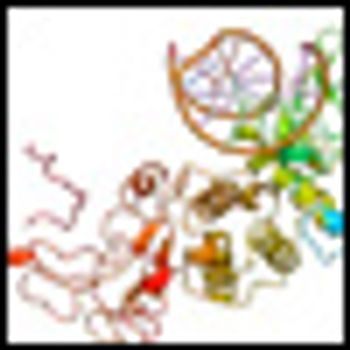
A model example of personalized cancer therapy that has demonstrated improved patient outcomes is the use of anti-HER2 treatment. Breast cancer patients screened via molecular diagnostics and identified as having amplification of the HER2 gene generally have a poorer prognosis, but show better responses to anti-HER2 treatment.


Adding a third dimension to the therapeutic field and reversing treatment planning may provide safer and more effective dose delivery, according to recent studies discussed at the Miami Breast Cancer Conference.

The combination of biomarkers and molecular pathology will aid oncologists in developing targeted treatments for breast cancer, according to Samuel Aparicio, MD, PhD, who will be delivering a presentation on recognizing breast cancer heterogeneity in targeted treatment at the Miami Breast Cancer Conference this week.

The journal ONCOLOGY presents exclusive on-site coverage of the 27th Annual Miami Breast Cancer Conference. Nationally recognized breast cancer specialist Harold J. Burstein, MD, PhD, Associate Professor of Medicine, Harvard Medical School provides expert insight into the optimal multidisciplinary management of patients with breast cancer and the application of innovative approaches to practice-coverage includes special emphasis on sessions dealing with the rapidly changing advances in the treatment of metastatic disease.

CancerNetwork presents exclusive on-site coverage of the 28th Annual Miami Breast Cancer Conference. We speak with nationally recognized breast cancer specialists and bring you their insights into the optimal multidisciplinary management of patients with breast cancer and the application of innovative approaches to practice-coverage includes podcasts on using genomic profiles to manage care, discussions on treating triple-negative and basal-cell breast cancer, and more.

Axillary lymph node dissections (ALND) remain the standard of care for breast cancer patients that have sentinel lymph node metastases. However, the procedure carries the risk of serious complications such as infection, lymphedema, and seroma.
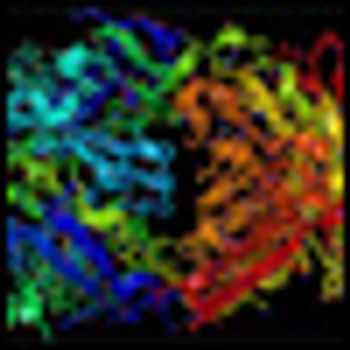
Results of a 4-year follow-up of patients on the Herceptin Adjuvant (HERA) trial have been published in March edition of Lancet Oncology.

Are genomic profiles refined enough that they should be used routinely to determine which breast cancer patients should receive adjuvant therapy? According to J. Michael Dixon, MD, who will be presenting the contra argument to this question in a debate at the Miami Breast Cancer Conference this week, the answer is: Not yet.

After the initial excitement over the potential of RNAi to target any cancer gene, the field is now being viewed with caution and a bit of skepticism. Delivery system issues need to be solved and substantial clinical data of patient responses from early-stage trials need to be shown for the field to look promising.
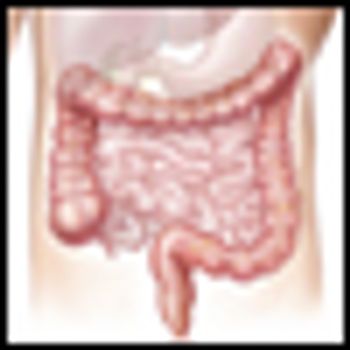
Colorectal cancer is one of the most commonly diagnosed cancers in the US, and it is the second leading cause of cancer-related deaths. The risk of developing colorectal cancer increases with age.
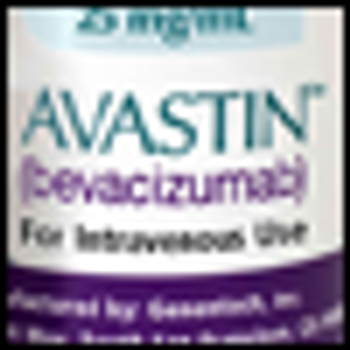
The Swiss pharmaceutical company Roche and Roche Group member Genentech have announced that addition of bevacizumab (Avastin) to chemotherapy improved progression-free survival over chemotherapy alone in the phase III OCEANS ovarian cancer study, meeting the study’s primary endpoint.
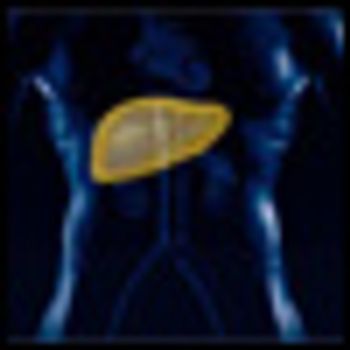
Questions over safety in Delcath Systems' chemotherapy delivery system for melphalan in the treatment of liver tumors caused the FDA to issue a refusal-to-file letter.
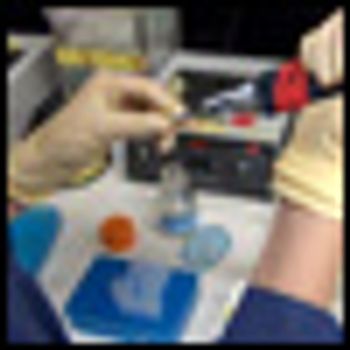
Pfizer’s crizotinib, an oral, selective, small-molecule inhibitor for non-small cell lung cancer (NSCLC) has gone remarkably fast from lab bench to late-stage trials and now to the FDA for review.

The draft human genome sequence was published in February 2001 and in 2011, scientists and clinicians are reflecting on the path that genomics has taken us and the paths we should be taking next.

There are about 12.7 million cancer cases globally every year, and this number is expected to increase to 26 million by 2030. The US has the 7th highest overall cancer rate in the world, according to age standardized estimates compiled by the Washington DC–based American Institute of Cancer Research (AICR) and the World Health Organization.a

Thanks to the widespread use of highly active antiretroviral therapy (HAART), AIDS patients continue to live longer after their initial diagnosis.
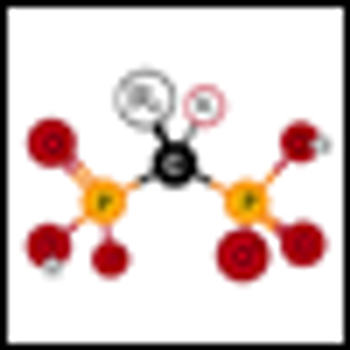
The use of oral bisphosphonates, typically used to treat osteoporosis and bone metastases in breast cancer, has recently been found to reduce breast cancer risk.

Barsevick AM, Cleeland CS, Manning DC, et al: ASCPRO recommendations for the assessment of fatigue as an outcome in clinical trials. J Pain Symptom Manage 39(6):1086–1099, 2010.

In 2009, approximately 35,720 men and women (25,240 men and 10,480 women) in the United States will be diagnosed with cancer of the oral cavity and pharynx, and 7,600 will succumb to these diseases. Further, an estimated 12,290 men and women (9,920 men and 2,370 women) in the United States will be diagnosed with laryngeal cancer, and 3,660 will die from this malignancy. Most patients with head and neck cancer have metastatic disease at the time of diagnosis (regional nodal involvement in 43% and distant metastasis in 10%).

The American Society for Radiation Oncology (ASTRO) has released guidelines for the use of radiation therapy in treating bone metastases; the guidelines are published in the International Journal of Radiation Oncology, Biology, Physics.


It is my pleasure to start 2011 by adding a new professional responsibility to my résumé, that of Editor-in-Chief of ONCOLOGY Nurse Edition. Although ONCOLOGY Nurse Edition is a relatively new publication, now entering its fifth year, the journal boasts a readership of 15,000 oncology nurses nationwide.

Yoga, an ancient tradition that originated approximately 5,000 years ago in Central Asia, is a complete system of mental and physical practices for health and well-being. Predominantly practiced within the philosophical context of Ayurvedic medicine in India, yoga as a mind-body therapy is now also increasingly popular in the West, practiced by approximately 15 million individuals.

Oncology costs have become unaffordable for our healthcare system. Increasing at a rate of more than 15% per year, costs for treating cancer patients are far outpacing inflation and other healthcare costs.


ALSO KNOWN AS: Ananase, dayto anase, traumanase.
